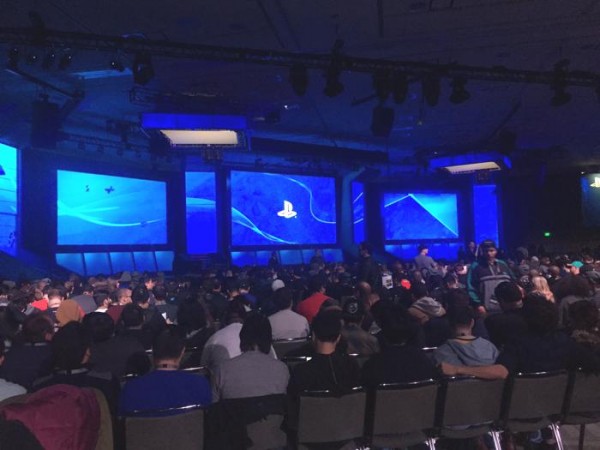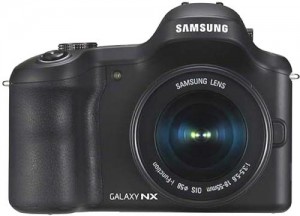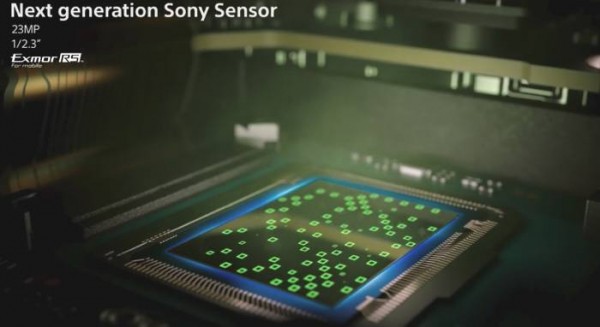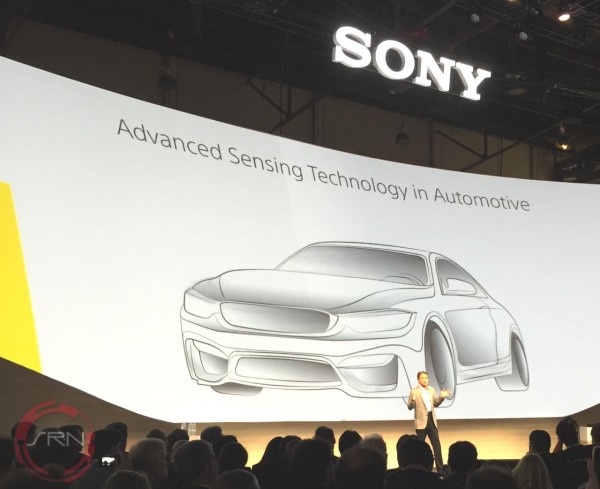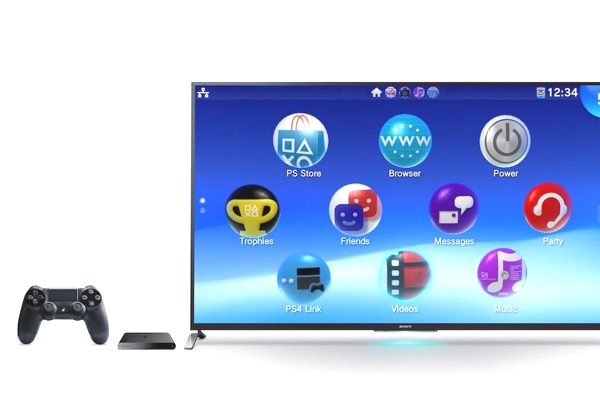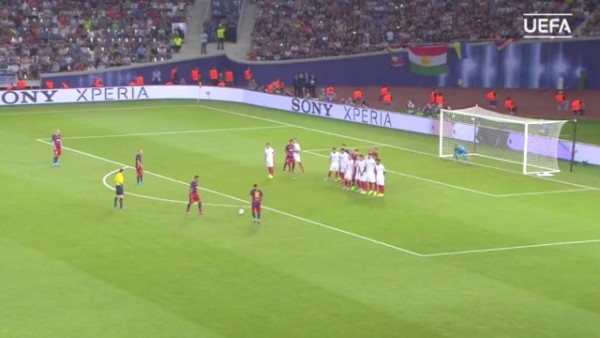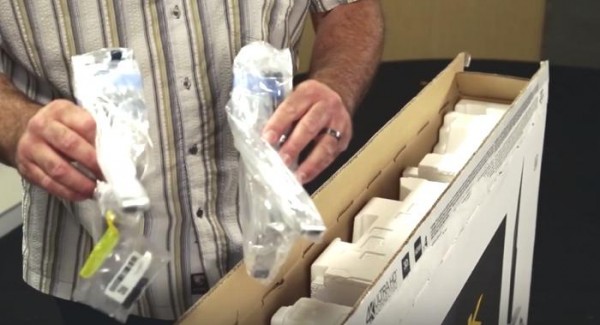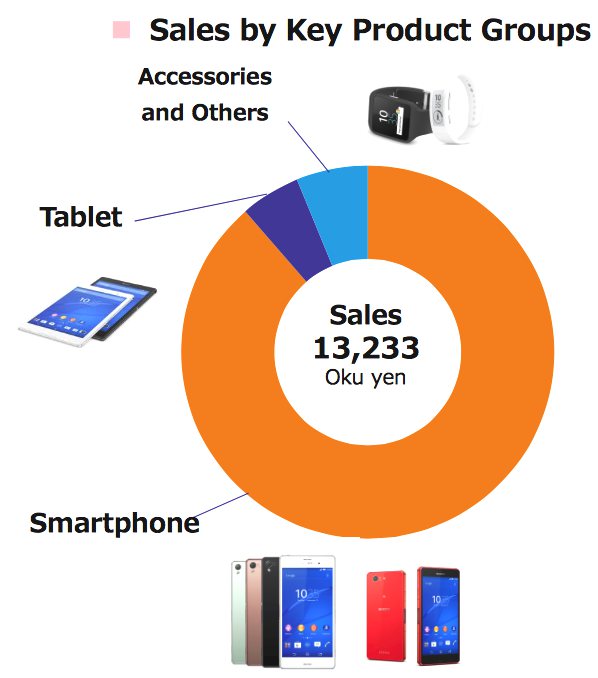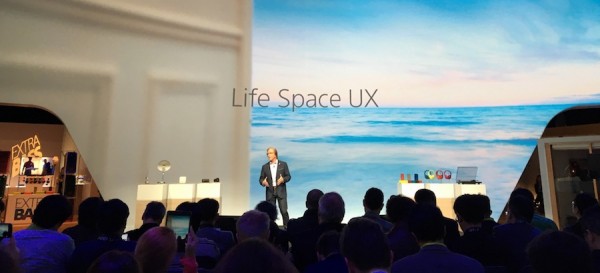
One of the major takeaways from the Sony keynote at CES 2016 was when Sony Electronics COO and President, Mike Fasulo, took to the stage. Beyond a handful of jokes that never landed properly with the crowd and some dazzling product announcements like the X930D series of 4K HDR TVs Sony would be releasing this year, Fasulo was keen to point out the direction of the company in 2016.
We’re not after marketshare. We’re after delivering to the customer the best experience through audio and visual quality, and by doing so we’re making money.
Nearly 3 weeks later and I’m still not sure what I make of this.
It’s no secret that Sony hasn’t been doing well for some time now. PlayStation aside (and even that was turbulent for the company during the PS3 era), Sony hasn’t had a hit consumer electronics product for over a decade. I mean really, think about it. During that time, its competitors have been able to bring to market a plethora of hit products from established companies like Apple and Samsung to much smaller ones like GoPro and Sonos. What these companies have in common is that they’ve been able to knock Sony out of a field they were once dominant in – or at least known for, or should have been known for.
When you think of phones and tablets, Apple comes to mind. If your friend or family member is getting a new TV, it’s likely a Samsung, and everybody who wants to do some extreme and record is likely purchasing a GoPro. Though this is not always true, perhaps worse for Sony is that in many of these product categories, they make the superior product and yet they’ve completely fallen out of the consumer psyche when it comes to electronic purchases.
Sony knows this and has referenced it during their last two CES keynotes, but only this year did the company make a statement that took the problem head on. In short, Sony is no longer interested in chasing the entry level consumer market where price is the only sales driver. This is a market that was once flooded by Samsung and now by Vizio where the only way to a make a profit (and that’s oftentimes not guaranteed) is by selling units in large volumes.
Sony instead now wants to target the more premium market where they know unit sales will be lower, but hope that in turn, margins can be higher. After all, wealthy clientele are usually more willing to pay the extra premium on the devices that have been stuffed with new and innovative features. But hasn’t Sony always been doing this?

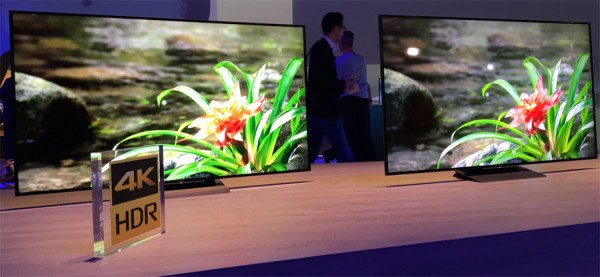
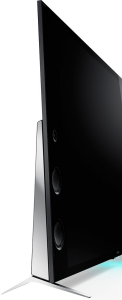 Instead of creating two different high-end televisions that cater to different consumers, Sony has combined the two lineups, offering us one of their best looking televisions ever with deep blacks and bright whites while also playing into what consumers feel they want: even slimmer televisions. As someone who was a huge fan of the X930C, I truly appreciated the Magnetic Fluid Speakers which made setup far less complicated, that is to say that in our condo, we could have a TV that not only looked stellar, but one that provided audio that rivaled many surround sound systems without the hassle of dealing with all the wires.
Instead of creating two different high-end televisions that cater to different consumers, Sony has combined the two lineups, offering us one of their best looking televisions ever with deep blacks and bright whites while also playing into what consumers feel they want: even slimmer televisions. As someone who was a huge fan of the X930C, I truly appreciated the Magnetic Fluid Speakers which made setup far less complicated, that is to say that in our condo, we could have a TV that not only looked stellar, but one that provided audio that rivaled many surround sound systems without the hassle of dealing with all the wires.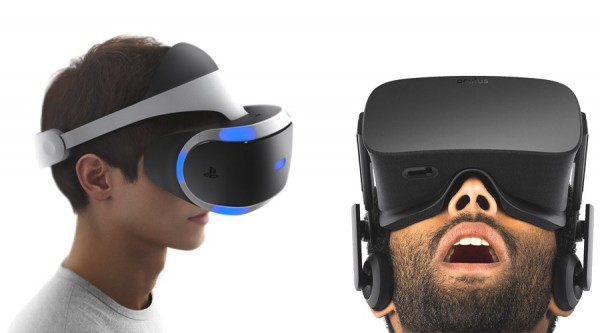
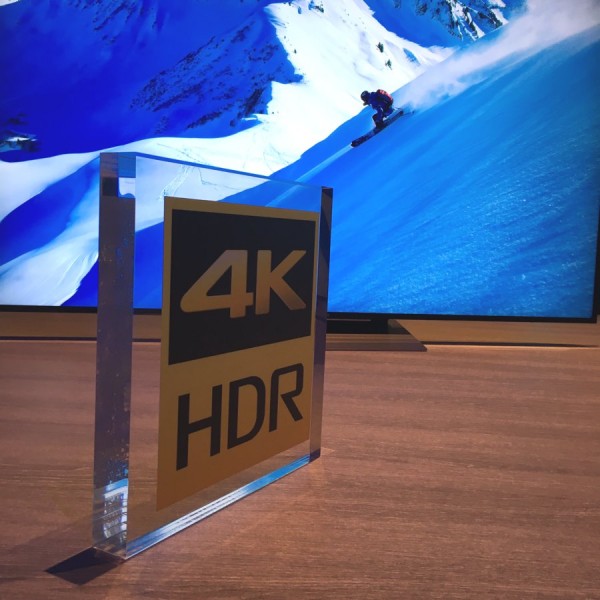
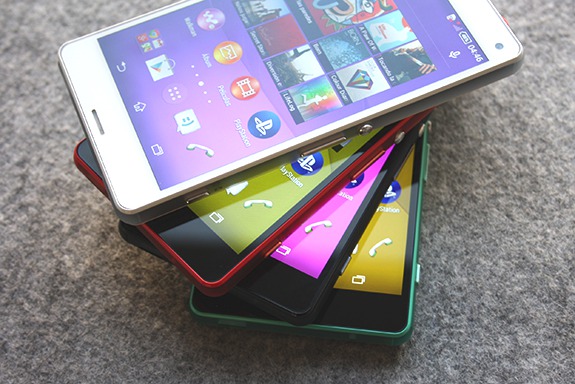
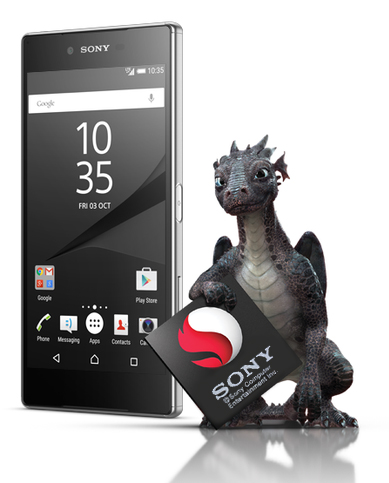 Sony at times has some amazing ideas and products that never catch on – look no further than the
Sony at times has some amazing ideas and products that never catch on – look no further than the 